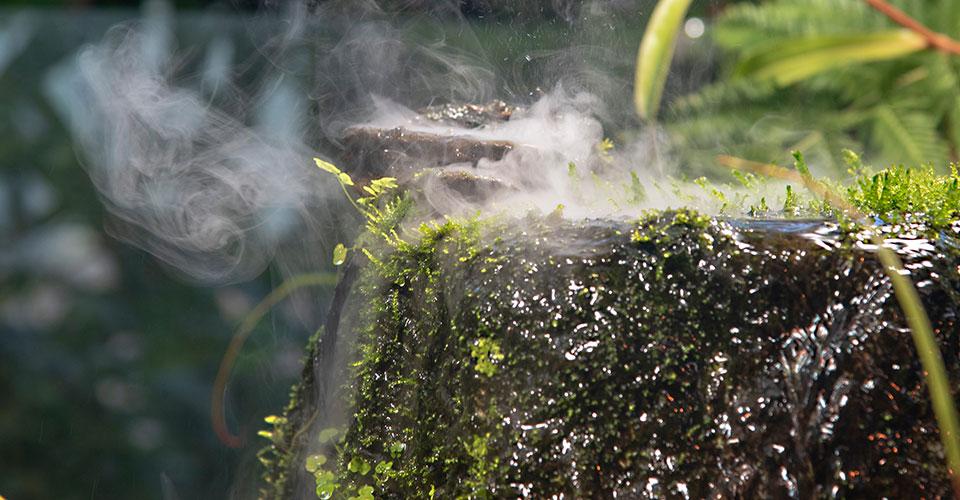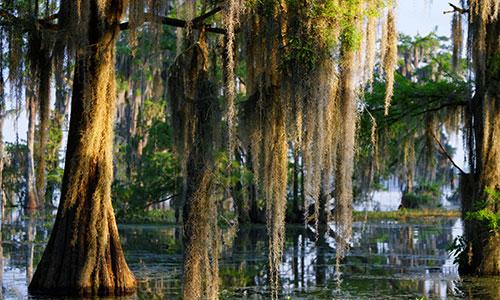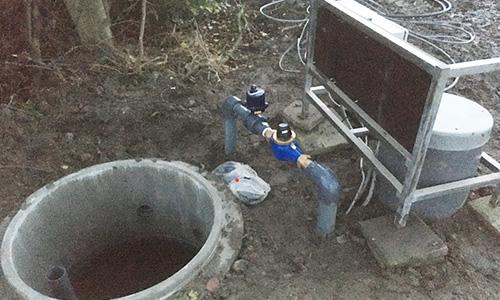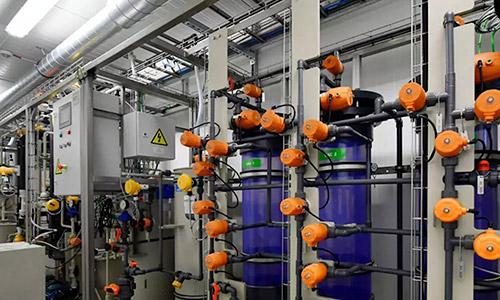Taking an Ecosystem Approach to Building Water Resilience
By Andre Argenton
"When the well’s dry, we know the worth of water.”
- Benjamin Franklin
World Water Day is March 22, and 2022 is the year of groundwater. Although invisible to us, its impact is visible everywhere. It supplies drinking water, helps grow our food and is a key component of a healthy watershed. It is estimated that 30 percent of global fresh water is groundwater with the vast majority of the remaining fresh water existing as ice, including permafrost.1
Because there is a current gap in understanding groundwater usage and replenishment rates, Dow is working with The Earth Genome and Arizona State University in an effort to develop groundwater recharge assessment tools, which add groundwater data usage rates to overall watershed water supply-and-demand models. One such tool is the Groundwater Recharge Assessment Tool (GRAT™) developed by Sustainable Conservation and The Earth Genome, which helps agricultural water providers and Groundwater Sustainability Agencies (GSAs) maximize groundwater recharge opportunities. These tools will help give us insight into the most water- and cost-effective investments across the watershed.
Recognizing that water is a shared resource requiring shared action, Dow is working to advance water stewardship both within our own operations and at the watershed level. We believe the more we anticipate and plan, the more likely we’ll have the water we all need – even in a less-forgiving future.
Increasingly, we are taking an ecosystem approach to build water resilience in and around our most water-stressed areas. We have been working on increasing water efficiency within our facilities for decades. And we contine on that path today. But we also realize that working collectively, using nature-based solutions within a watershed can deliver great results – improving both water quantity and quality. Nature-based Solutions (NbS) are defined by the International Union for Conservation of Nature (IUCN) as actions to protect, sustainably manage and restore natural or modified ecosystems, which address societal challenges (e.g., climate change, food and water security or natural disasters) effectively and adaptively, while simultaneously providing human well-being and biodiversity benefits.2 We believe that NbSs are important efforts that complement conventional engineering solutions.
Among our actions, we are:
- Investing in projects that are good for business and better for ecosystems.
Changing climate3 and land-use practices4 are bringing extended periods of high water to the lower Mississippi River,5 which has been identified as a water-stressed basin by the Water Resource Coalition, of which Dow is a founding member. We are working with The Nature Conservancy, our long-standing collaborator in valuing nature, and other partners on the Loch Leven project, which seeks to use nature-based solutions to enhance 4,500 acres of bottomland hardwood-forested wetlands, located 70 miles upriver from our Plaquemine site in Louisiana. The project will install water control structures to flood the interior of Loch Leven, to reconnect the flood plain to the Mississippi River. In addition to improving water quality and enhancing the lands for wildlife habitat, the wetlands restoration also will help protect against flooding, which will be particularly important for building resilience to stronger storms in the future.
- Implementing collaborative, nature-based projects in the water-stressed regions where we operate.
In support of our 2025 World-Leading Operations Goal to reduce our freshwater intake intensity by 20% at key water-stressed sites, we are investing in developing new technologies and strong partnerships on a regional level to balance the demand for water between the municipal, industrial and agriculture sectors. For example, at our site in Terneuzen, the Netherlands, we are working with farmers and the regional water board to store freshwater underground – collecting it in the winter and using it in the summer, so farmers can benefit in periods of drought.
- Using technology to increase water circularity.
At our site in Böhlen, Germany, we are working through AquaSPICE on strategies to reshape our water use by improving recycling of various process water streams, treating rain water via advanced wetlands, and creating the next level of site water management by using smart monitoring algorithms and controls on raw water, discharge and recycle streams. The project is aligned with the EU Green Deal and focuses on water scarcity, water security and related aspects.
Our efforts also align with two of our other 2025 Sustainability Goals: Valuing Nature and Leading the Blueprint, through which Dow seeks to create a community of practice around watershed stewardship efforts and inspire stakeholders to forge watershed collaborations.
Benjamin Franklin is credited with saying, “When the well’s dry, we know the worth of water.” We are taking action and building partnerships to address challenges of water, climate and nature. Protecting ecosystems will increase our resilience against a changing climate and help ensure safe, reliable, affordable and easily accessible water for everyone.
Andre Argenton, Chief Sustainability Officer and Vice President of Environment, Health & Safety
1 DOI: 10.1093/OBO/9780199363445-0053
2 DOI: https://doi.org/10.2305/IUCN.CH.2016.13.en
3https://www.scientificamerican.com/article/todays-floods-occur-along-a-very-different-mississippi-river/?msclkid=d03815d8a91f11eca65cc966e9a6ecf3
4https://www.nature.com/articles/s41597-021-01048-w?msclkid=5dcb240fa91f11eca3ba642001386ff1
5https://www.mdpi.com/2073-4441/13/6/813/htm





